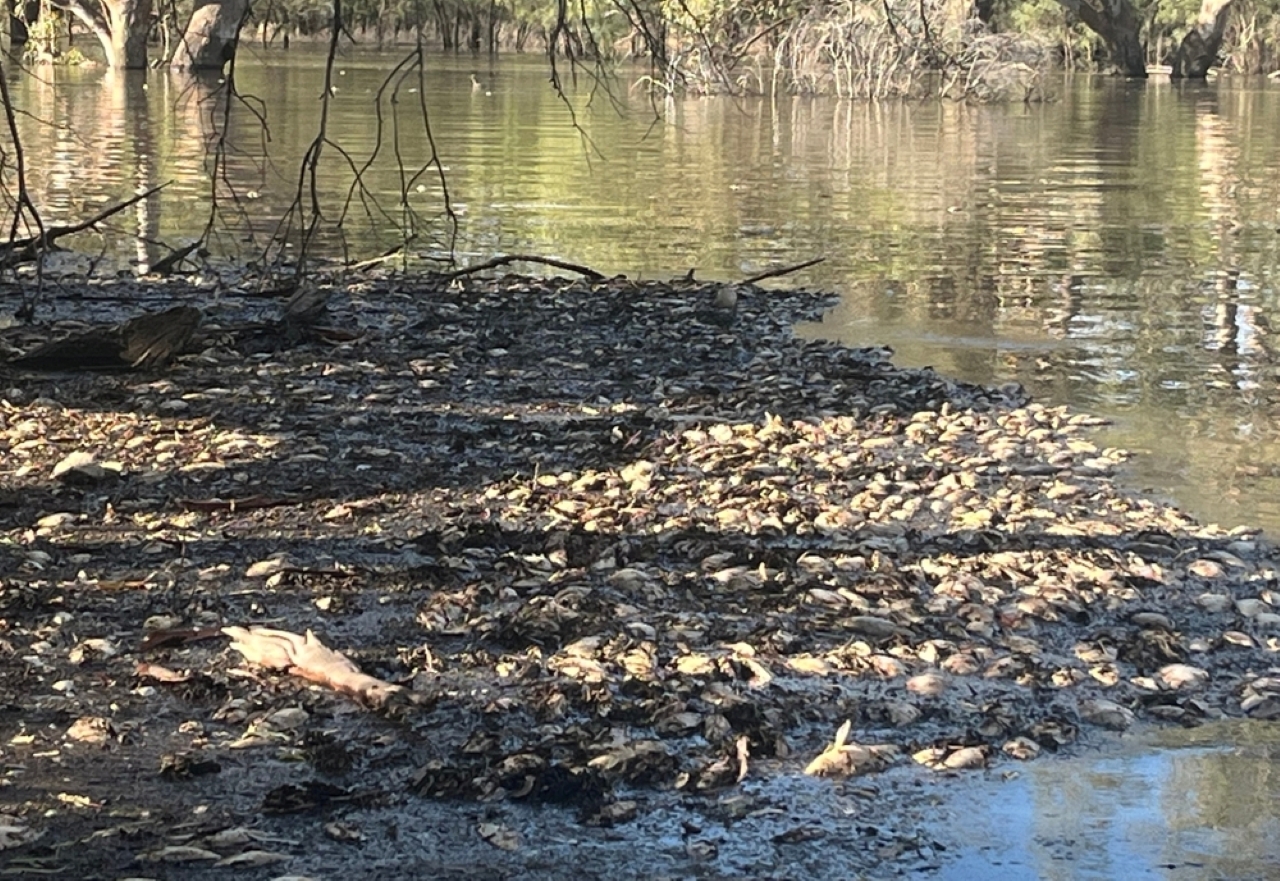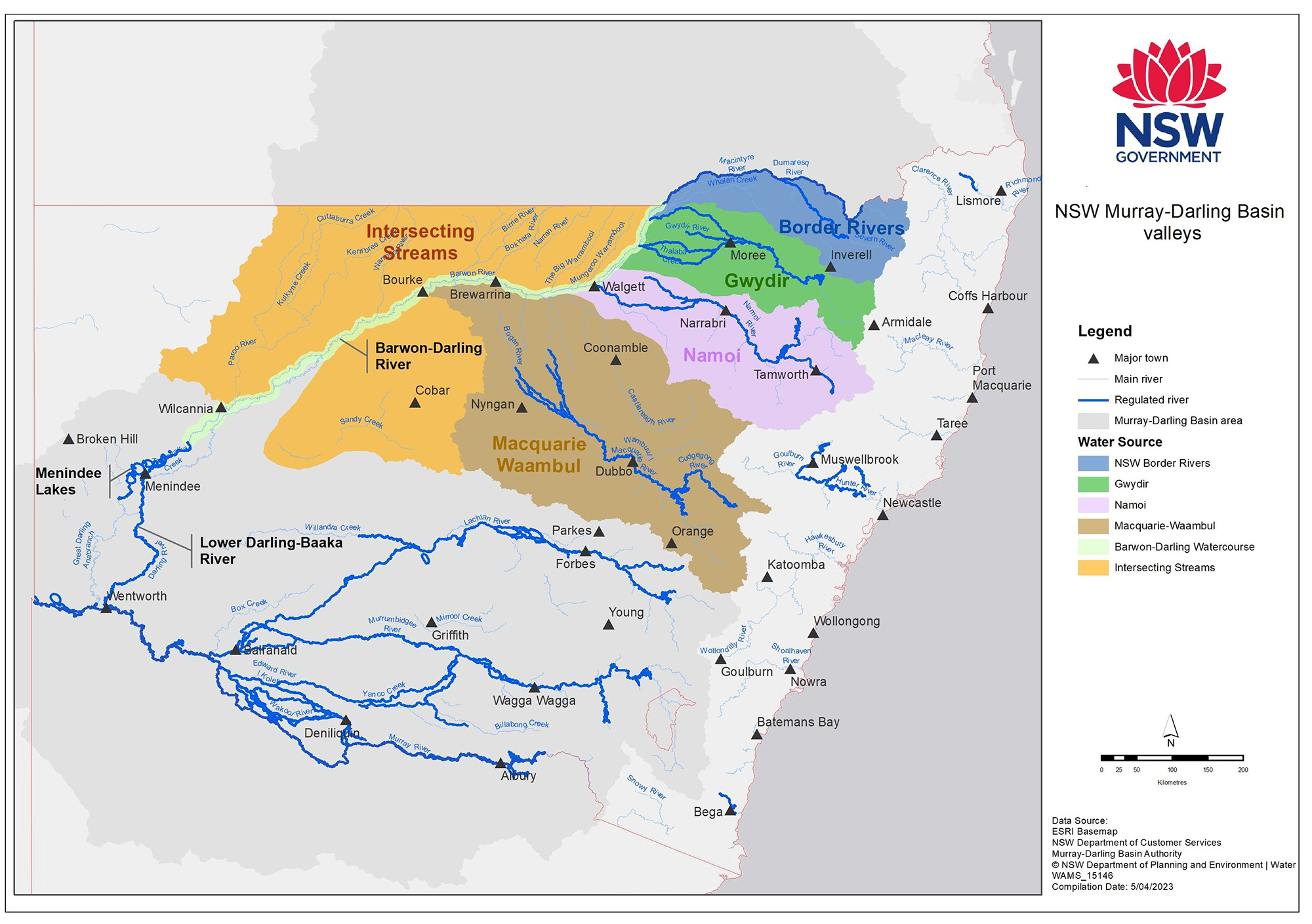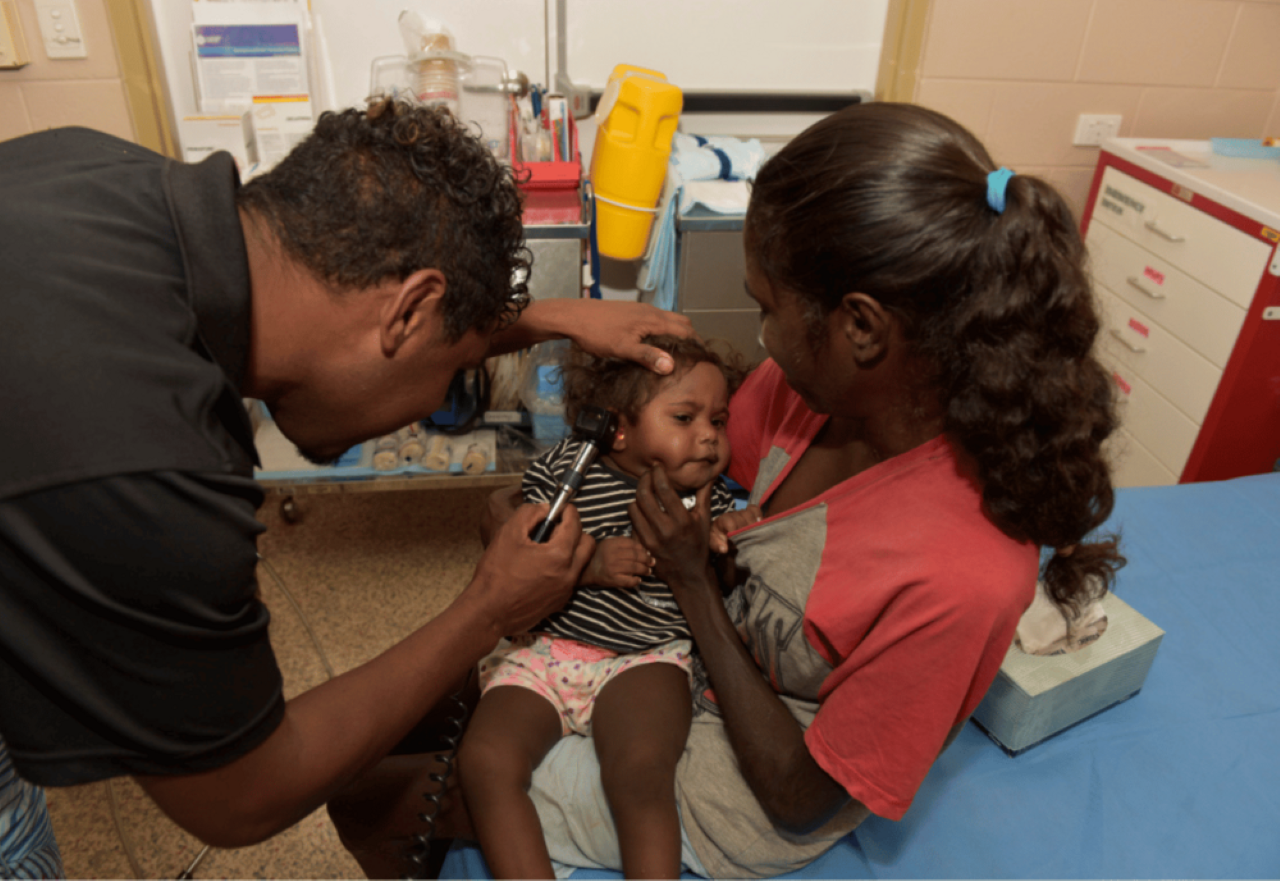Mass fish deaths on the rise in NSW: State of the Environment Report
Ailish Dwyer
30 July 2025, 9:20 PM
 A mass fish death in Walgett last year killed thousands of fish. Between 2019 to 2023 there was an average of 69 mass deaths per year in NSW. [IMAGE: Supplied]
A mass fish death in Walgett last year killed thousands of fish. Between 2019 to 2023 there was an average of 69 mass deaths per year in NSW. [IMAGE: Supplied]Fish kill events have been escalating in the last five years according to the government's latest State of the Environment Report (2024) for New South Wales released late last month.
Between 2019 to 2023 there was an average of 69 mass deaths per year, compared to an average of only 21 between 2009–18.
Since European settlement, there's been an estimated 90 per cent decline of native fish and waterbird species in the Murray Darling basin.
Inland wetlands also remain under significant pressure according to the report.
Only 12 per cent of the state's wetland ecosystems are currently protected, and 17 out of 28 assessed inland wetlands are classified as being in poor condition.
Mel Gray from the Nature Conservation Council of New South Wales (NCC) has called upon the NSW Government to do better and take care of the environment.
"The law in NSW is clear, water sources and their dependent ecosystems must be protected before water is allocated to other uses like towns and irrigation," she said.
"Drought or flood, fish just keep dying because the fundamentals required for survival are not provided by the water sharing rules - a problem the Minns government has promised to fix.
"The Darling River system has evolved to always flow, there is always a small pulse from somewhere even in a drought, because the catchment is so broad," she explained.
"But the growth in floodplain harvesting levees across the north means the river has lost that heartbeat."

Murray-Darling Basin valleys in NSW. [IMAGE: Department of Climate Change, Energy, the Environment and Water]
The Connectivity Expert Panel Final Report from July 2024 supports Ms Gray's view, stating that more water needed to remain in the system.
One of the panel recommendations is that the NSW Government ensure that an adequate share of water is protected for downstream river health by meeting the system's functional requirements regardless of the season.
"These include providing baseflows, and occasional small and large freshes, which we feel should be met during non-dry times," they said.
"The Panel has also recommended improvements to rules for managing connectivity during and following dry periods and recognises that in these times different management approaches and targets are necessary."
This comes as the Committee on Investment, Industry and Regional Development travels to the Riverina and Murray regions for its inquiry into the impacts of the Water Amendment (Restoring Our Rivers) Act 2023 on regional communities.
Member for Barwon Roy Butler said the regional hearings would inform the next steps of the government's water management plan.
"We understand that these local economies rely on water being readily available and are concerned that further buybacks may negatively impact productivity and the health of their communities," said Mr Butler.
"These regional hearings allow us to hear directly from those communities to understand how the NSW and Australian governments could improve their approach to water management to minimise any negative impacts."
The Committee is looking to hold further public hearings in the Northern and Western NSW later this year.



